My wife sat bolt upright in her sick bed and made a shocking proclamation.
“Do you know something? You are the worst carer in the world”.
Well deserved, if not particularly diplomatic, but I had an oven-ready retort.
“And you are the world’s worst patient.”
Such are the trials and tribulations of being plunged into a new patient-carer relationship. We laughed about it… eventually.
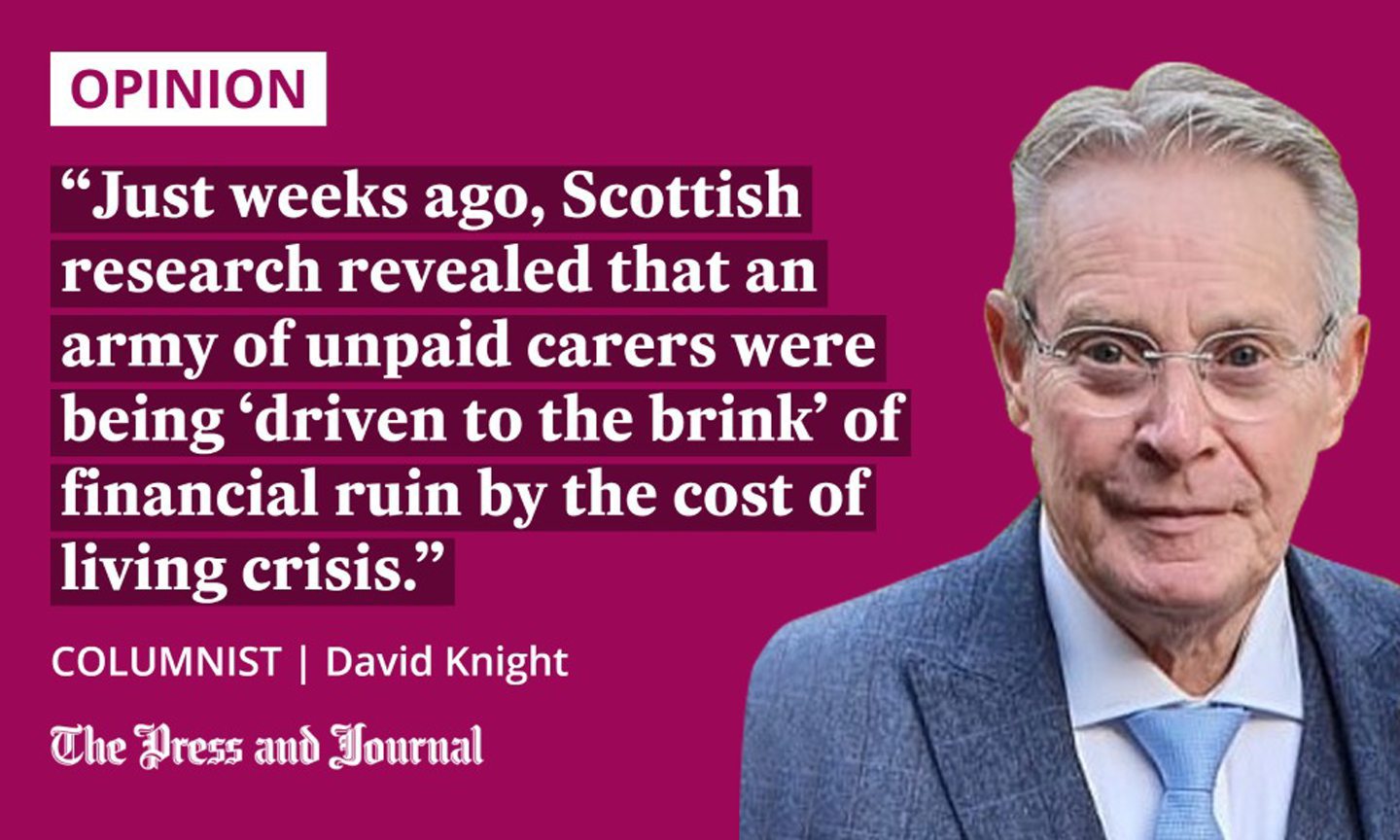
But, I wondered how many fellow patients and carers were suffering a bad case of frayed nerves, like us. Especially as research published a few weeks ago showed unpaid carers in Scotland were being driven mad by new pressures.
I won’t gloss over the incident that landed me with my shameful new sobriquet, which shot towards me like an arrow from under the duvet. I admit that it can’t be glossed over; no matter how many coats of paint I apply, it would never cover the stain left by my behaviour.
A momentary mistake
Picture the scene: my wife was lying prostrate, just a day after leaving hospital with her shiny new total hip replacement. This is the full monty; not a namby-pamby half-hip job.
Oh no, whichever way we looked at it, this was a triumph of medical science – and orthopaedic skill, by her surgeons at Woodend Hospital in Aberdeen.
They created an artificial bone at the top of her thigh and connected it to a new ball and
socket joint, which was then connected to her hip bone. If we had a bit of music, we could sing Dem Dry Bones while we are at it.
I don’t know what the precise medical term was for how my wife felt when she arrived home under my somewhat dubious tender care, but pretty sore will cover it. And our ears were ringing with dire warnings about not doing anything stupid that could dislocate the new spare part which had been fitted.
Anyway, I don’t know how I did it, but the end result was pretty daft.
She simply asked if I could stretch across the bed and raise our window blind, so she could enjoy the sun streaming through.
I clambered across the bed on my knees and stretched as far as I could to reach the blind. I almost made it, too; I watched my fingertips quivering with the strain, but just an inch or two short.
I over-stretched, lost my balance – and fell on top of her, with the full weight of my 13 stones. A piercing scream shot from our house – more piercing than the sharpest of rapiers.
No damage done – luckily
I was too scared to peer outside straight away in case neighbours were rushing out of their homes in shock.
My wife’s scream was so blood-curdling that I didn’t expect just to see blue lights flashing. I thought they would be putting up a blue tent and crime-scene ribbon already.
Luckily, no one seemed to react but us. We stared at each other tearily – was this how caring was going to be from now on?
The lesson of this tale was that I was a hopeless novice at caring, and would have to raise my game
Luckily, most of my bulk landed on her good leg, but there was still a percussive effect on the bad one. No damage done, though, apart from severe fright for both of us. Phew, a close shave.
Just to compound things, I quickly moved a small chair closer on which to place her painkillers. Unfortunately, I clipped her bad leg while I was at it.
It was totally inappropriate, I know, but, for some reason, an ancient black-and-white comedy film flashed into my head.
It was WC Fields, or someone like him, with his agonising, gout-ridden big toe encased in a huge bandage. And people kept bumping into it. It’s funny, but not if it happens for real.
Unsurprisingly, I didn’t mention this at the time.
Unpaid carers are suffering too
The lesson of this tale was that I was a hopeless novice at caring, and would have to raise my game, pronto. But she is healing by the day, and will be back to normal.
However, for thousands, their condition is permanent or deteriorating by the day, without any hope of recovery. Based on my limited experience, my heart goes out to them – and the noble profession of unpaid caring.
According to stats published last month, only 81,337 out of the estimated 1.1 million unpaid carers in Scotland were in receipt of Carer’s Allowance. In other words, only 7.4% of us who provide unpaid care in Scotland actually receive any help with the additional cost of caring. pic.twitter.com/SSj8hcr373
— Shubhanna Hussain-Ahmed (@Shubhanna) December 30, 2021
Just weeks ago, Scottish research revealed that an army of unpaid carers were being “driven to the brink” of financial ruin by the cost of living crisis.
They save the state a small fortune by looking after sick relatives at home and picking up the bill themselves. Some sick or very old people can’t survive unless central heating is on 24 hours a day, so the implications are obvious.
Campaigners demand the Scottish Government offers more financial support; ministers claim they do. As usual, the gap between government spin and reality seems fairly large.
The question is: who cares for the carers?
David Knight is the long-serving former deputy editor of The Press and Journal
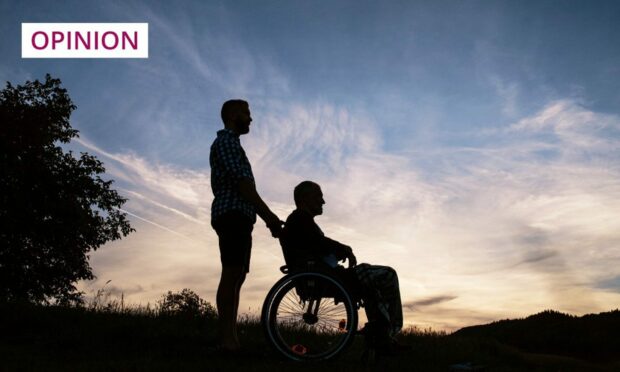

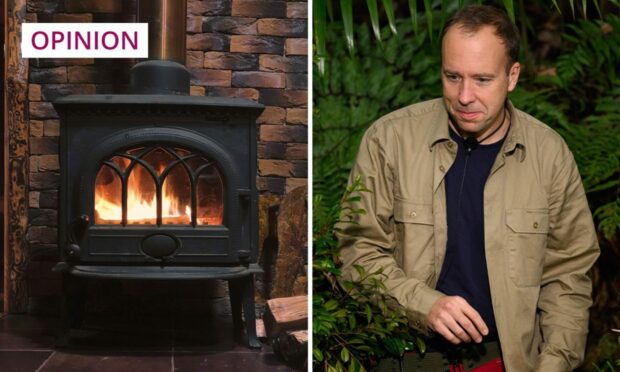
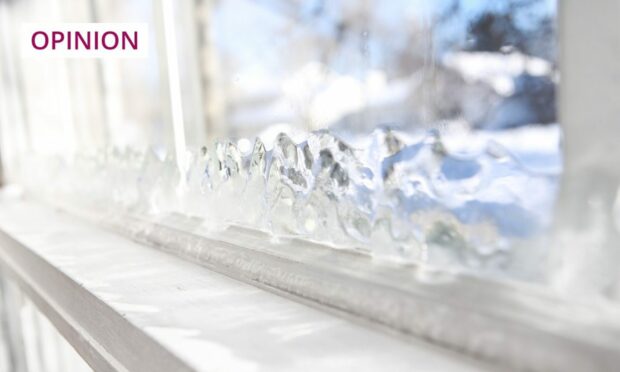
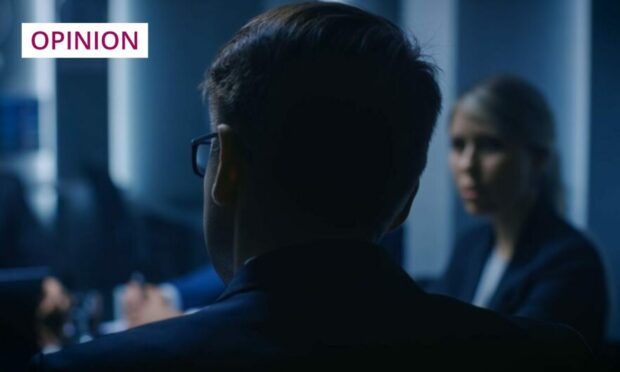
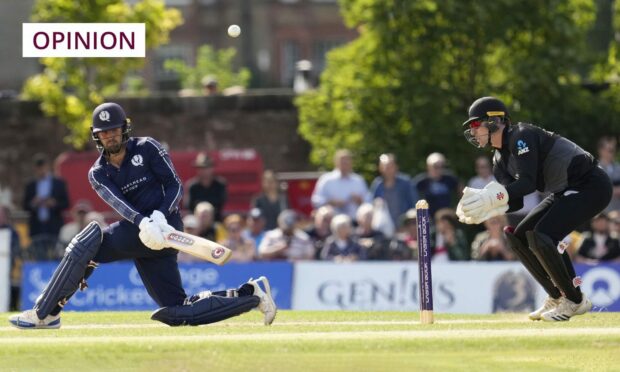
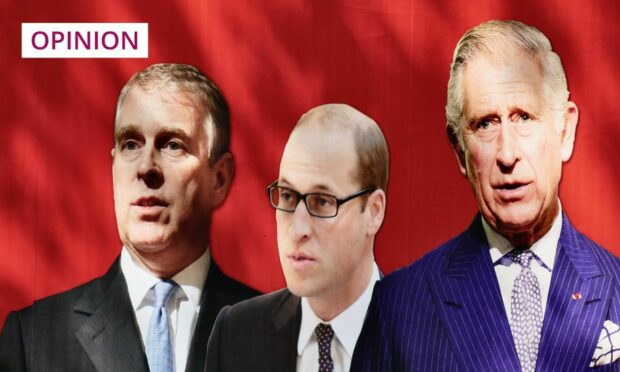

Conversation